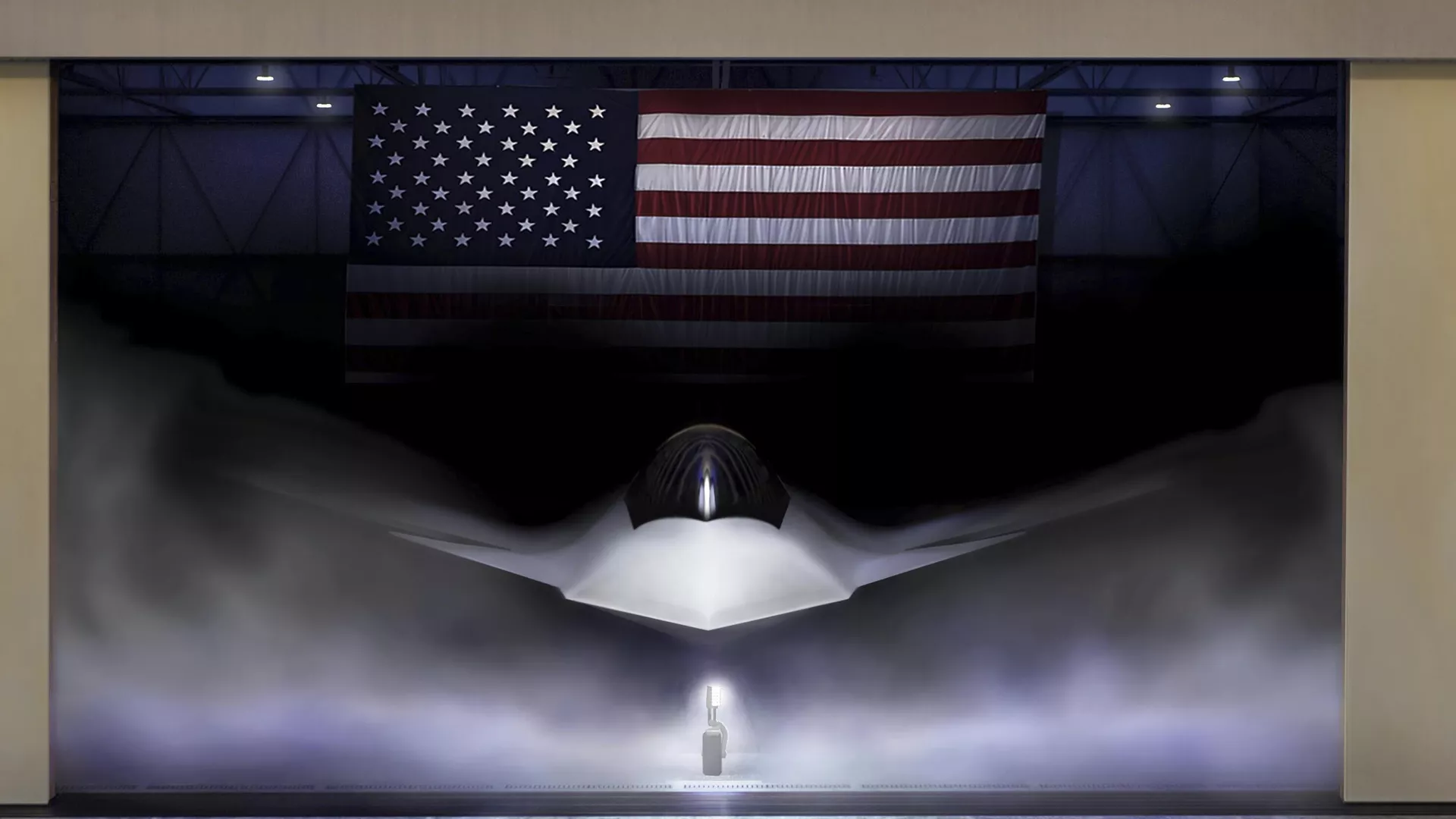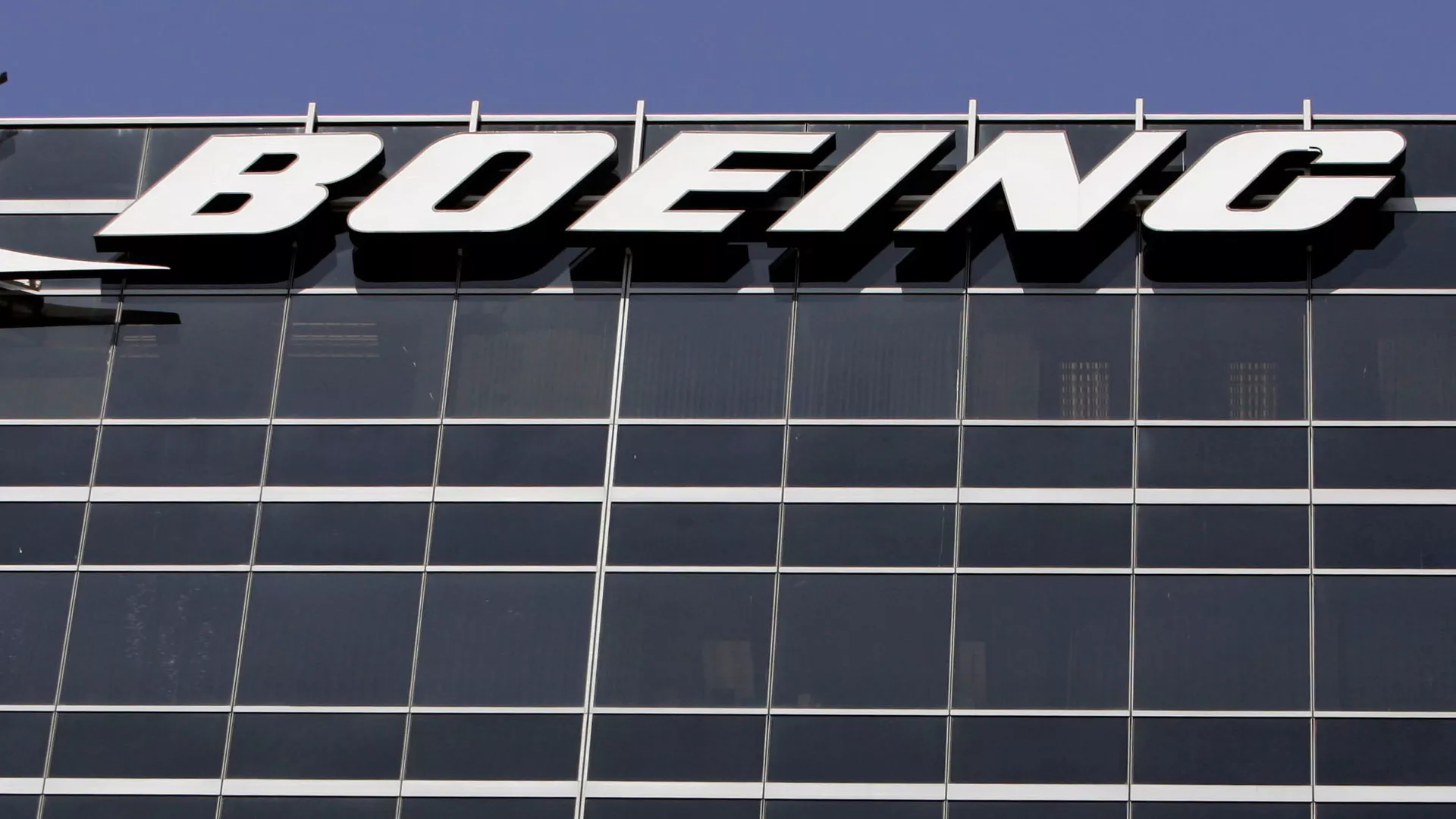“What problems could arise? This will involve a lot of money. Lockheed Martin has made a great living off its monopoly on the F-35. We’re talking about astronomical amounts of money,” Drozdenko, editor-in-chief of Russia's Arsenal of the Fatherland defense news and analysis portal, said, referencing the F-35’s mind-boggling $2+ trillion price tag.
The problem with creating a 6th-generation machine is that developers themselves can define what the term means, Drozdenko says. “This is more marketing-type stuff” then hard-set requirements, meaning many 5th-gen technologies (or even older) can be included, like:
network-centric warfare readiness: available not just in the newest US, Chinese and Russian fighters, but even Russia’s modernized, Soviet-developed MiG-31 Kinzhal-firing interceptors.
supercruise (sustained supersonic flight): standard in the F-22 Raptor and newer Su-57s, but not the F-35, coincidentally.
unmanned flight: another non-issue in modern aircraft, first successfully experimented with by the Soviet Buran space shuttle in 1988.
stealth: another decades-old technology which in its modern iteration comes down to absorbing radio waves and/or paralyzing their emitters, from reducing exhaust in the thermal range (available in the F-35 and Russian Su-30, Su-35 and Su-57 jets), to using infrared locators and ‘smart skin’ sensors that passively see emitters at long ranges (featured in the F-35 and Su-57, but not the F-22).
True Measure of a Next-Gen Aircraft? Its Engines
Advanced engine tech is crucial to any 6th-gen aircraft, Drozdenko says. “It’s about the ability to fly longer distances without refueling, and in different modes: subsonic, supersonic, and in the future hypersonic, and doing so economically. This is a big challenge, because each mode essentially requires a different engine.”
Fighters Have One Main Mission
And it comes down to air superiority, Drozdenko says. “Air superiority means we fly and they don’t. That’s it. This means seeing further, shooting further, flying faster and further,” and ideally, enjoying all these qualities together.
“In other words, if you have an incredibly fast plane with powerful missiles but a weak radar and information system, that’s very important,” the observer stressed, because modern network-centric warfare as it already exists today is about coordination and the timely transfer of targeting information.

